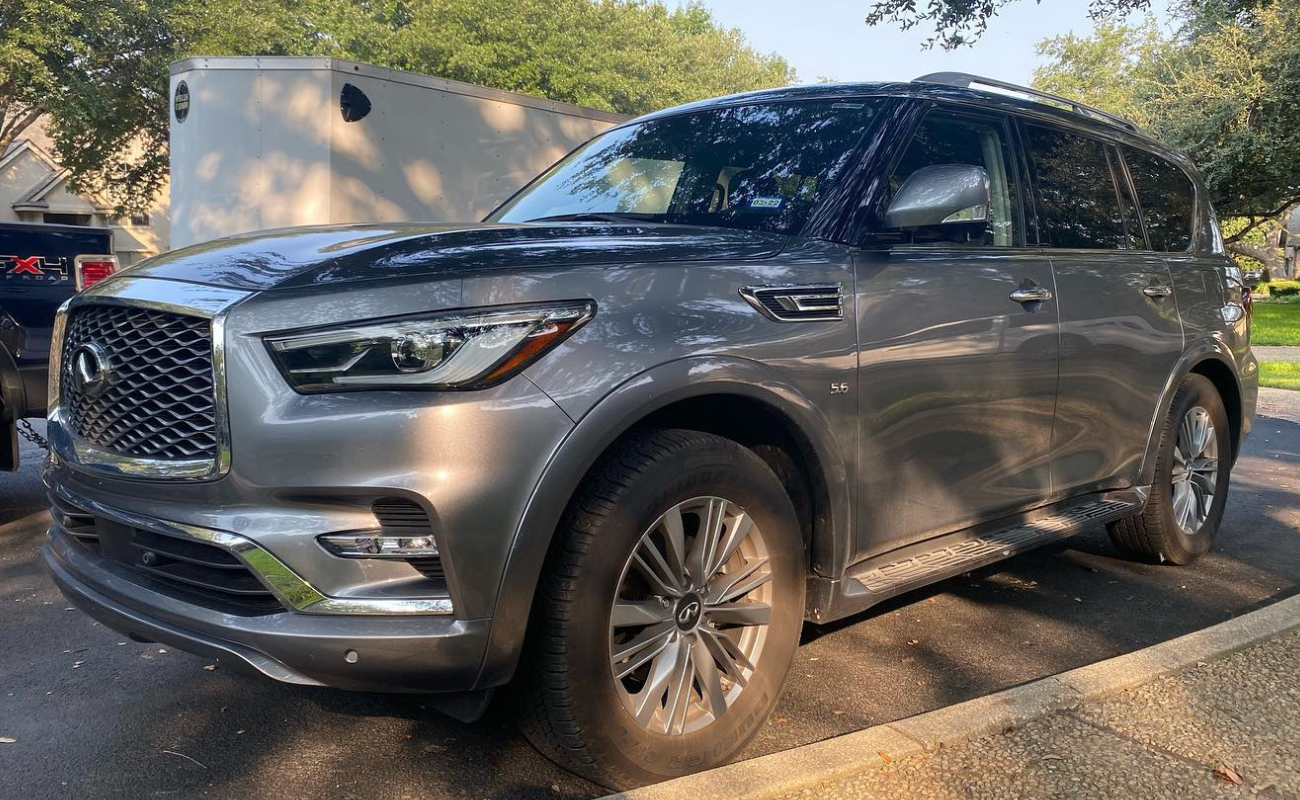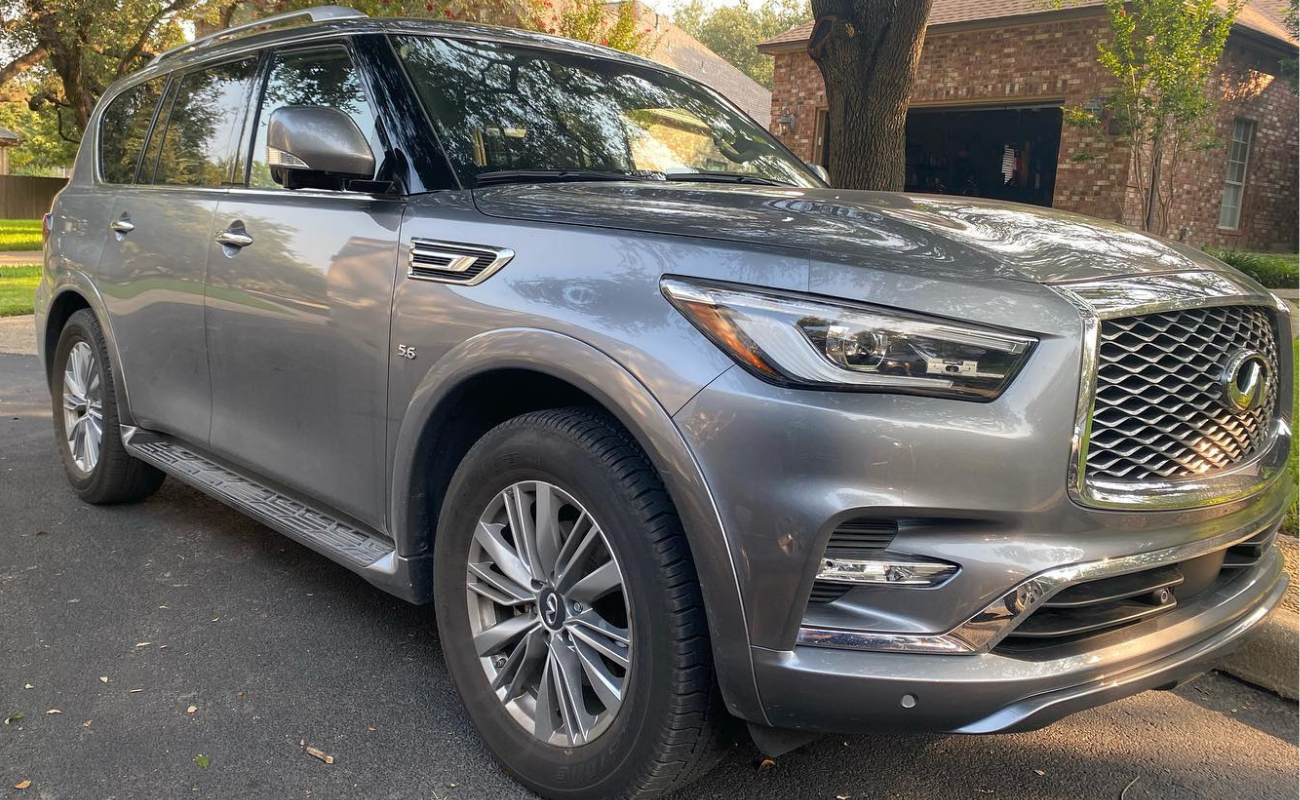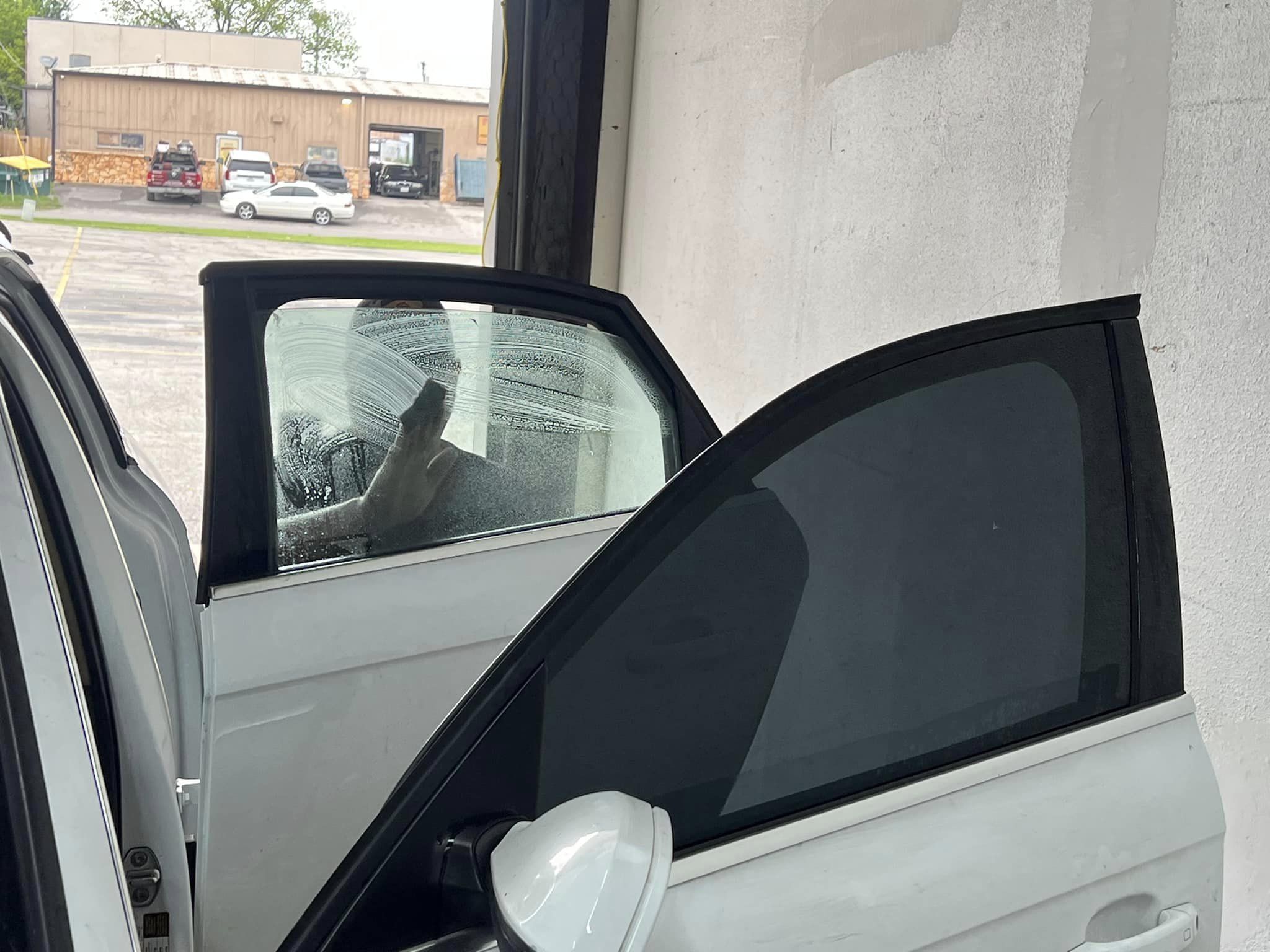
Understanding the key maintenance practices is crucial to ensuring your car’s Paint Protection Film (PPF) remains effective and durable. From cleaning techniques to addressing minor damages, each step plays a vital role in extending the longevity of your PPF. By implementing these strategies, you can protect your vehicle’s paint and maintain its pristine appearance for years to come.
Key Takeaways
- Regular cleaning with mild detergent and soft cloths preserves PPF.
- Avoid harsh chemicals to prevent damage and maintain PPF effectiveness.
- Proper drying methods prevent water spots and mineral deposits.
- Promptly address bird droppings to prevent PPF damage.
- Seal PPF with the right products to extend its lifespan.
Importance of PPF Maintenance
Ensuring the longevity and effectiveness of your car’s paint protection film (PPF) hinges on the meticulous maintenance practices you implement. Your PPF acts as a shield, safeguarding your vehicle’s exterior from road debris, UV rays, and other environmental factors. To maintain its protective qualities and keep your car looking sleek, you must pay attention to detail and follow proper care techniques.
Regular maintenance is key to preserving the integrity of your PPF. Inspect the film frequently for any signs of damage or peeling edges. Addressing these issues promptly can prevent further deterioration and maintain the film’s functionality. Additionally, avoid using harsh chemicals or abrasive materials when cleaning your PPF, as these can compromise its protective properties.
Proper care extends beyond cleaning; it involves understanding how environmental factors can impact your PPF. Parking your car in shaded areas or using a car cover can shield the film from excessive sun exposure, preventing premature fading or yellowing.
Furthermore, avoiding rough terrain or gravel roads can minimize the risk of abrasive damage to the film.
Regular Cleaning Techniques
Employing proper cleaning techniques is essential to maintain the pristine condition of your car’s paint protection film (PPF). Regular cleaning keeps your vehicle looking its best and helps prolong the film’s life.
Begin by rinsing your car with water to remove loose dirt and debris. Use a mild automotive detergent mixed with water to wash the PPF, avoiding harsh scrubbing that could damage the film. Opt for a soft microfiber cloth or sponge to gently clean the surface, moving in a back-and-forth motion rather than in circles to prevent swirl marks.
After washing, rinse the PPF thoroughly with clean water to remove any soap residue. To dry the film, use a soft microfiber towel or a blower on a low setting to prevent scratching. Regular cleaning not only removes contaminants that can degrade the film over time but also enhances the overall appearance of your vehicle.
Remember to clean your car’s PPF regularly, especially after long drives or exposure to harsh elements. By following these simple yet effective cleaning techniques, you can ensure that your PPF continues to provide optimal protection and maintain its like-new appearance for years.
Avoiding Harsh Chemicals
Using harsh chemicals on your car’s paint protection film (PPF) can significantly diminish its longevity and effectiveness. It’s crucial to avoid abrasive cleaners, acidic substances, and strong solvents when cleaning or maintaining your PPF. These harsh chemicals can break down the protective layer of the film, leading to premature wear and reduced durability.
Instead, opt for gentle, pH-neutral soaps designed for PPF use. These products are formulated to effectively remove dirt, grime, and other contaminants without compromising the film’s integrity. Look for cleaning solutions free of harsh ingredients like bleach, ammonia, or alcohol, as these can strip away the protective properties of the film.
When washing your car with PPF, use a soft microfiber cloth or sponge to agitate the soap and remove dirt gently. Avoid using stiff brushes or abrasive pads, as these can scratch the film and compromise its ability to protect your vehicle’s paint.
Proper Drying Methods
When it comes to maintaining the longevity and effectiveness of your car’s paint protection film (PPF), proper drying methods are just as crucial as using the right cleaning products. After washing your vehicle, thoroughly dry it to prevent water spots and mineral deposits from forming on the PPF. One effective method is to use a clean, microfiber drying towel. Pat the surface gently instead of rubbing it to avoid causing any damage to the film.
If you have access to a leaf blower or a car dryer, these tools can also be handy in drying your car efficiently without causing scratches. Remember to start from the top and work your way down, allowing the water to flow off the car naturally. Pay special attention to areas where water can get trapped, such as side mirrors, door handles, and emblems.
For any remaining water droplets, a quick detailer spray can help dry the surface entirely and add a layer of protection to your PPF. Simply spray the detailer on the affected areas and wipe it off gently with a fresh microfiber towel.
Handling Bird Droppings Promptly
How do you promptly handle bird droppings to protect your car’s paint protection film (PPF)? When faced with the unwelcome mess left by our feathered friends, swift action is key to preserving the integrity of your PPF. Bird droppings contain acidic substances that can etch into the film if left unattended, leading to potential damage that could compromise its protective properties.
To tackle this issue, gather the necessary materials: a microfiber cloth, detailing spray, and water. Begin by spraying the affected area with water to loosen the debris. Gently wipe the bird droppings off using the microfiber cloth, ensuring not to apply excessive pressure that could cause scratching.
Next, spray a small amount of detailing on the cloth and gently wipe the area to remove any remaining residue.
After the cleaning process, inspect the PPF for any signs of damage. If you notice any etching or discoloration, it’s advisable to seek professional help to assess the extent of the damage and recommend appropriate solutions.
Parking Considerations
To safeguard your car’s paint protection film (PPF) effectively, strategic parking considerations play a significant role in maintaining its longevity and protective properties. Where you park your vehicle can impact the wear and tear your PPF experiences over time. When selecting a parking spot, opt for covered areas whenever possible. Garages or carports shield your car from harsh elements like UV rays, rain, and bird droppings, which can degrade the PPF prematurely.
Additionally, be mindful of how close you park to other vehicles. Door dings and scratches from neighboring cars can damage the PPF, compromising its protective capabilities. Aim to park in spots with ample space on either side to minimize the risk of accidental contact.
If parking in a public area where space is limited, consider using parking aids like sensors or cameras to assist in positioning your car safely.
When parking outdoors, avoid places with overhanging trees or areas where birds frequently perch. Bird droppings contain acidic substances that can erode the PPF if left unattended for an extended period. By choosing parking locations wisely and being attentive to potential hazards, you can prolong the life of your PPF and keep your car looking pristine for years to come.
Waxing and Sealing PPF
When it comes to maintaining your car’s paint protection film (PPF), waxing isn’t just for show – it plays a vital role in preserving the film.
Applying a quality wax creates a protective barrier that shields the PPF from environmental hazards and UV rays, extending its lifespan.
Additionally, sealing the PPF after waxing further enhances its durability, ensuring your car stays looking sleek and well-protected for longer.
Waxing Benefits PPF
Regularly waxing your car’s paint protection film (PPF) is crucial for maintaining its longevity and appearance. Waxing adds a brilliant shine to your vehicle and serves as an extra layer of protection for the PPF. By applying a high-quality wax designed explicitly for PPF, you create a shield against environmental factors like UV rays, dirt, and debris, ensuring that your PPF stays looking new for longer.
Waxing provides a smooth surface that repels water and contaminants, making it easier to clean your car and preventing any buildup that could damage the PPF. Additionally, the wax helps to fill in any minor imperfections on the film, keeping it smooth and blemish-free.
To maximize the benefits of waxing, it’s recommended to follow a regular waxing schedule, typically every three to six months, depending on your driving conditions.
Sealing for PPF Longevity
Incorporating sealing into your maintenance routine is essential for optimal protection and durability of your car’s paint protection film (PPF). When it comes to sealing PPF, attention to detail is key. Here are some crucial steps to ensure the longevity of your PPF:
- Choose the Right Sealant: Select a high-quality sealant designed explicitly for PPF to maximize protection.
- Preparation is Key: Thoroughly clean the PPF before applying the sealant to ensure proper adhesion and longevity.
- Apply Evenly: When applying the sealant, make sure to distribute it evenly across the surface for consistent protection.
- Regular Maintenance: Keep up with regular maintenance by reapplying the sealant as recommended to maintain the PPF’s protective properties.
Dealing With Minor Damages
When it comes to dealing with minor damages on your car’s paint protection film, quick repair tips can be your best friend. By promptly addressing any scratches or chips, you can prevent further damage to the film and maintain its protective properties.
If the damages are extensive, it’s always wise to seek professional repair services to ensure your PPF stays in top condition for years to come.
Quick Repair Tips
To maintain the pristine appearance of your car’s paint protection film, it’s crucial to address minor damages promptly. Here are some quick repair tips to help you keep your PPF looking flawless:
- Light Scratches: Use a specialized PPF cleaner and a microfiber cloth to gently buff out light scratches. Avoid using abrasive materials that could damage the film further.
- Small Chips: For small chips or nicks, touch-up paint designed for PPF can be carefully applied to fill in the damaged area. Make sure to follow the manufacturer’s instructions for best results.
- Edge Lifting: If you notice any edges of the PPF starting to lift, use a heat gun on a low setting to carefully re-adhere the film back in place. Press down firmly to secure the edges.
- Water Spots: Water spots can be removed by applying a PPF-safe detailing spray and gently wiping the affected area with a soft cloth. Regular cleaning can prevent water spots from becoming more stubborn to remove.
Prevent Further Damage
Maintaining the pristine appearance of your car’s paint protection film goes beyond quick fixes for minor damages. To prevent further damage and ensure the longevity of your PPF, it’s essential to address any imperfections promptly. Small scratches or chips in the film can compromise its protective qualities, allowing dirt and moisture to seep in over time.
Start by cleaning the affected area with a gentle car wash solution and microfiber cloth to remove any dirt or debris that could worsen the damage.
Then, assess the severity of the scratch or chip. For minor scratches, you can use a high-quality automotive polish to buff out the imperfection gently. However, for deeper chips or cracks, consider using touch-up paint specifically designed for PPF to prevent them from expanding.
Professional Repair Services
For those seeking professional PPF services to address minor damages on their car’s paint protection film, entrusting the task to skilled professionals is paramount. When it comes to maintaining the integrity of your PPF, leaving repairs to experts ensures a flawless finish and prolonged protection for your vehicle. Here are some key reasons why professional repair services are the best choice:
- Precision: Professional technicians have the expertise to assess and repair damages accurately, ensuring a seamless finish.
- Quality Materials: Skilled professionals use high-quality materials and tools designed for PPF repairs, ensuring long-lasting results.
- Specialized Techniques: Professionals employ techniques and methods tailored for PPF repair, delivering superior outcomes.
- Peace of Mind: By opting for professional repair services, you can rest assured knowing that your car’s paint protection film is in capable hands, providing peace of mind.
Choosing professional services for your car’s PPF ensures that any minor damages are addressed with meticulous care and expertise, preserving the longevity of your vehicle’s protective film.
Professional Inspection and Maintenance
Regular professional inspection and maintenance are crucial in ensuring the longevity and effectiveness of your car’s paint protection film. By entrusting your paint protection film (PPF) to skilled professionals, you’re taking a proactive step toward preserving the pristine appearance of your vehicle.
Professional inspection involves a detailed assessment of the PPF to identify any signs of wear, damage, or areas needing attention. This meticulous examination allows experts to catch potential issues early on, preventing them from escalating and compromising the film’s protective capabilities.
During maintenance sessions, professionals utilize specialized tools and products to clean, polish, and maintain the PPF. This process not only enhances the aesthetic appeal of your car but also ensures that the film continues to provide optimal protection against environmental hazards.
By adhering to a regular maintenance schedule, you’re investing in the longevity of your PPF and safeguarding your vehicle’s paint finish for years to come.
Moreover, professional inspection and maintenance instill confidence and peace of mind, knowing that your car’s paint protection film is in expert hands. The attention to detail and technical expertise displayed by professionals create a sense of belonging to a community that values the preservation and care of automotive assets.
Now that you know the key techniques to maintain your car’s Paint Protection Film, you’re on your way to ensuring its long-lasting protection. But remember the true secret to preserving your PPF lies in the dedication and care you put into its maintenance. By staying vigilant and proactive in caring for your film, you can enjoy a pristine and protected vehicle for years to come. Keep up the good work, and your car will thank you!



